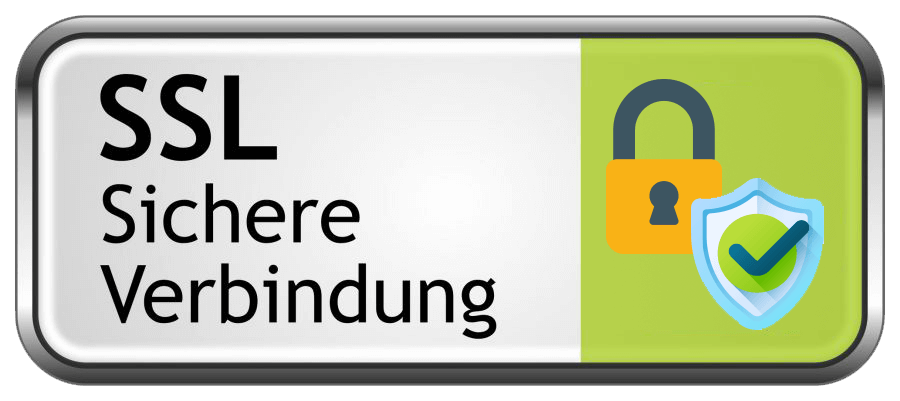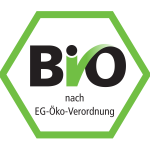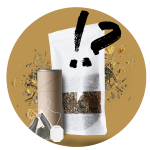FOOD LABELING
WHAT MUST BE ON MY PACKAGING?
We often hear this question – and rightly so! Thanks to many years of experience, combined with our direct contact with the tea market, we are always up to date and are happy to share our knowledge with you.
Of course, this also applies to the specialist area of organic tea and herbs. With us you start your adventure in the tea business on the right foot!
We will not only help you overcome hurdles but also build the necessary knowledge to thrive in this sector!
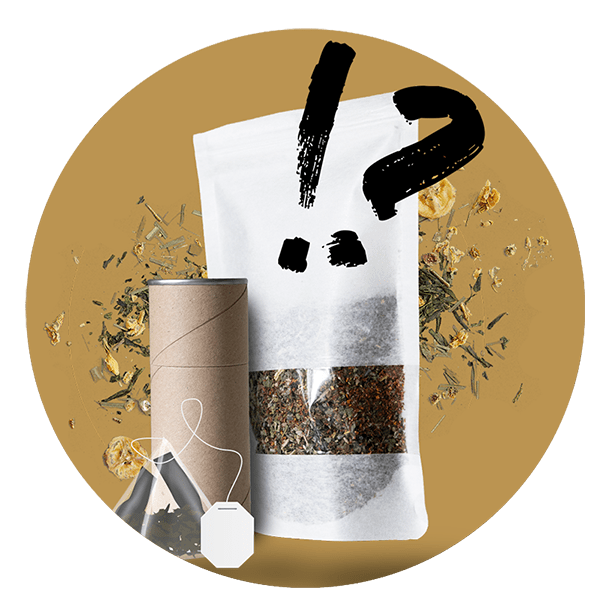
WHEN CAN I ADVERTISE WITH THE ORGANIC SEAL ON MY LABEL?
In order to market an organic product, you must be certified organic.
This certification ensures on the one hand the traceability of the product and guarantees that it is exclusively goods that come from controlled organic cultivation, without the use of pesticides or genetic engineering.
An annual audit by an independent institution ensures regular control and thus ensures the sustainable trust in organic cultivation.
WHEN CAN I ADVERTISE WITH THE ORGANIC SEAL ON MY LABEL?
We recommend that you clearly present the preparation for your customers. In addition, the information about the content, special information around storage and the location of your company should not be missing.
We will be happy to share more information with you directly.
Key information on labels
In the modern world, products are clearly identified by labels. Eco-friendly or informative labels and brand labels are the most common types of labels.
Labeling makes it easier for both the consumer and the manufacturer to clearly identify different products. Food safety is of paramount importance in the global market. Tea labeling standards must meet the standards set by the relevant bodies, i.e. CBI, FoodEurope and other certified organizations.
Tea labeling is crucial as it provides information to the consumer who consumes tea. The origin and supply chain of tea are important to maximize traceability of impurities.
Before labeling your tea, you must consider a number of factors to ensure compliance with packaging regulations:
- Regulatory information
- Consumer information/consumer instructions.
Legal Requirements

Tea Labelling Requirements
The world market is subject to very strict food safety regulations.
The quality and sustainability of food has become the most important factors to be considered in order to reach a broad range of markets. Concerns about pesticides and contaminants in tea have raised concerns all around the world. Therefore, it is important that tea meets the compliance standards of various world organizations and associations.
Before labeling your tea, there are a number of factors worth considering to ensure compliance with packaging regulations:
- If a product is served in a food establishment, such as a restaurant, it does not need to be labeled.
- If the product is packaged right in front of the customer.
- If a product is sold online, it does not need to be relabeled.
- Tea labeling must comply with the following regulatory requirements:
Food Safety
To ensure food safety, it is recommended to consider the origin of the food and the supply chain. The risk of food contamination is not traceable.
Maximum Levels of Pesticide Residues
The use of pesticides is not recommended for tea cultivation. Pesticides are a problem, especially with tea from Asian countries. In most continents, such as the European Union, maximum pesticide levels have been established for tea. Precautionary measures have been introduced, such as analysis of dry leaves for residues. Tea is usually contaminated during the drying and packaging process.
Contaminants Found in Food
In addition to testing for pesticide contamination, other substances are also closely monitored, such as
Foreign matter – this can include contaminants such as insects.
Microbiological material – Salmonella is the main culprit. This is mainly due to improper harvesting techniques.
Mycotoxins – these are mainly found in herbal teas.
Consumer Labelling
Tea labeling regulations require that all food product information, such as ingredient list, net quantity, and calorie content, must be disclosed. In addition to meeting legal requirements, consumer needs must also be addressed.
Tea Qualification
In order to operate in the tea consumer market, it is necessary to have the appropriate certification from the competent and recognized authorities. Obtaining these certificates is an advantage for the supplier.
Niche Markets

Requirements For Niche markets
A niche market gives the supplier a competitive advantage and makes it easier for the supplier to find customers. Biotech is produced using natural methods. Customers choose naturally grown foods because they are healthier and contain fewer residues. Tea production is environmentally friendly. If your tea is organic, be sure to note this on the label to make it attractive to consumers interested in organic foods.
Fairtrade Certification
Fairtrade certification is a way to show that your company meets global regulatory requirements. It is important to know that other organic certifiers have developed their own Fairtrade standards.
Would you like more information about organic tea certifications?
Product Identification on the Label
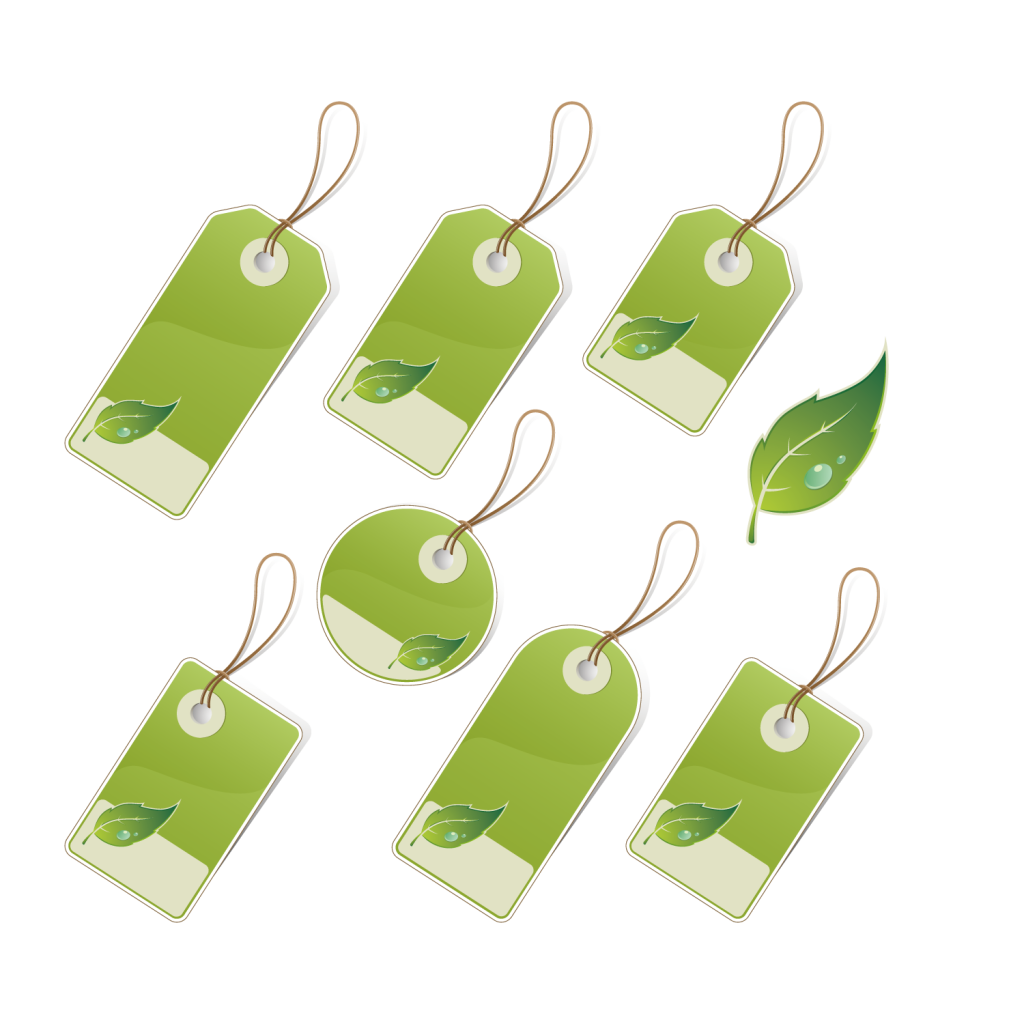
Declaration of origin/indication of identity
The tea label must clearly state the nature and characteristics of the product it contains. The statement must not be vague or suggestive, but rather refer to the contents. It is best to use a common name for the tea product that is descriptive.List of ingredients
The composition of the tea product should be stated.
This includes preservatives and food colorings contained in the tea. This will allow individuals with certain allergies or special dietary needs to be informed before consuming the product.
Ingredients should be listed by their common name. If an ingredient contains other ingredients, they should also be listed. The percentage calorie content should also be listed on the tea label.
Indication of net weight
The net weight of the tea must be clearly indicated on the label. This is required by law to ensure that the customer is getting value for money. The net content can be stated in pounds or ounces. When indicating weight, the words “net weight” or “new weight” should be placed after the quantity in the package.
Name and address
The manufacturer’s name and address are usually the most important pieces of information for the buyer. They also make it possible to locate specific parts of the product for administrative or legal purposes. This information should include the city, state, and address of the manufacturer. A post office box is not a substitute for a physical address.
NOTE: The tea label must clearly state that the reseller is the manufacturer, distributor or packager of the product.
The Nutrition Labeling and Education Act states that nutrition claims may use the nutrition label that appears on the nutrition label. Country of origin labeling (COOL) is required by law.
Informing consumers of the origin of the product they are purchasing is of utmost importance. Tea products come from all over the world, and different consumers prefer country-specific products.
In the main tea market, proper certification is mandatory and must be indicated on the tea’s label. This certification can be requested from the relevant authorities. It goes a long way in building customer confidence, which is a win-win situation for both the supplier and the customer.
All of the above requirements are essential for tea product sellers and are required by the relevant bodies in Europe and other countries around the world. The tea label must be able to convey information to the customer and at the same time provide an advertising space for the supplier.
Questions

Any other questions?
Above, we outline the most requirements that a tea producer must meet in order to market their products.
Most importantly, you must design a tea label that takes into account all European requirements if you sell within the EU and to cournty specifics if you sell in specific regions. This way, consumers can not only make an informed choice, but the labels can also be used for promotional purposes.
However you may still have doubts and conerns.
If you still have doubts and require assitance, you can rely on our expertise
Whether individually printed tea packaging, tins or tea pyramid bags, we will implement your wishes. To ensure a smooth process, a permanent contact person is available to you at all times during the project planning. Furthermore, our quality assurance continuously checks the quality of your end product during production and filling. Let us inspire you in the following:
THIS MIGHT ALSO INTEREST YOU
CONTACT :
[email protected]
+49 (0) 4167 238 930
Mo.- Th. 8:00-17:00 Hrs.
Fr. 8:00-14:00 Hrs.
ADRESS
Gräfenhof Tee GmbH
Zum Fruchthof 6
21614 Buxtehude
